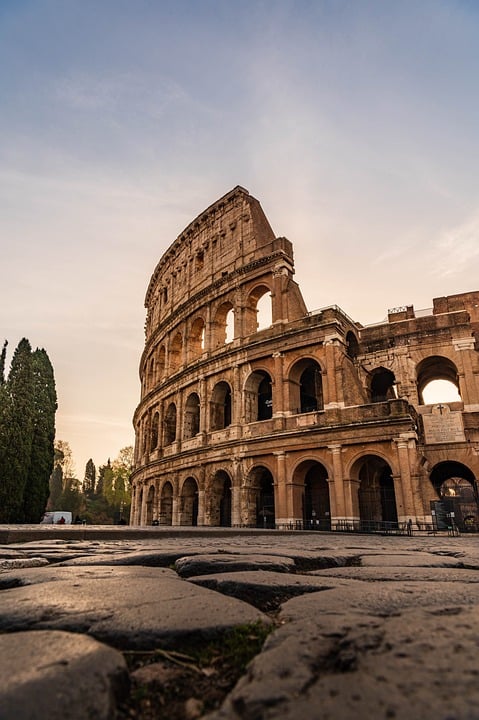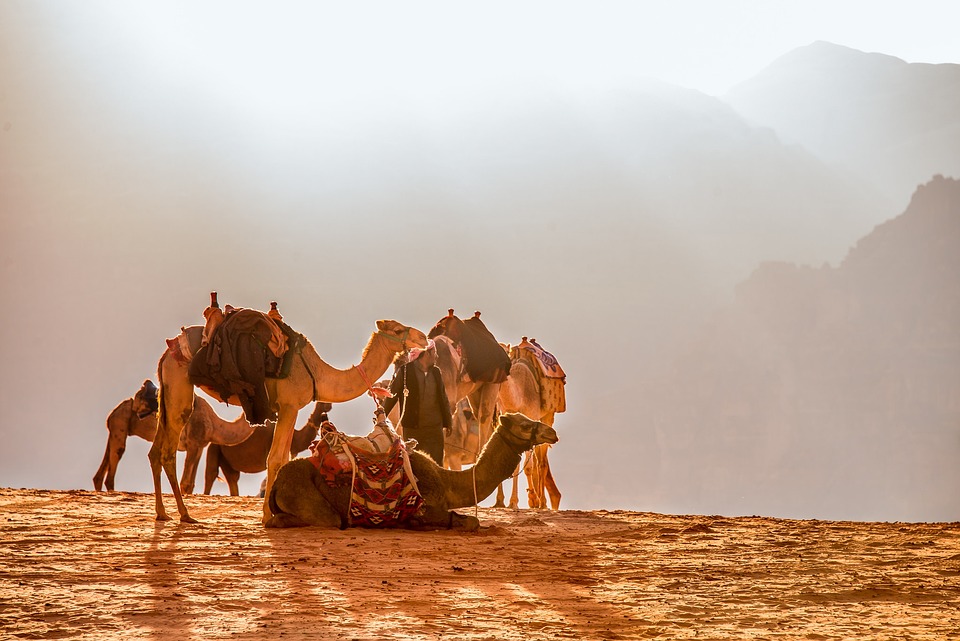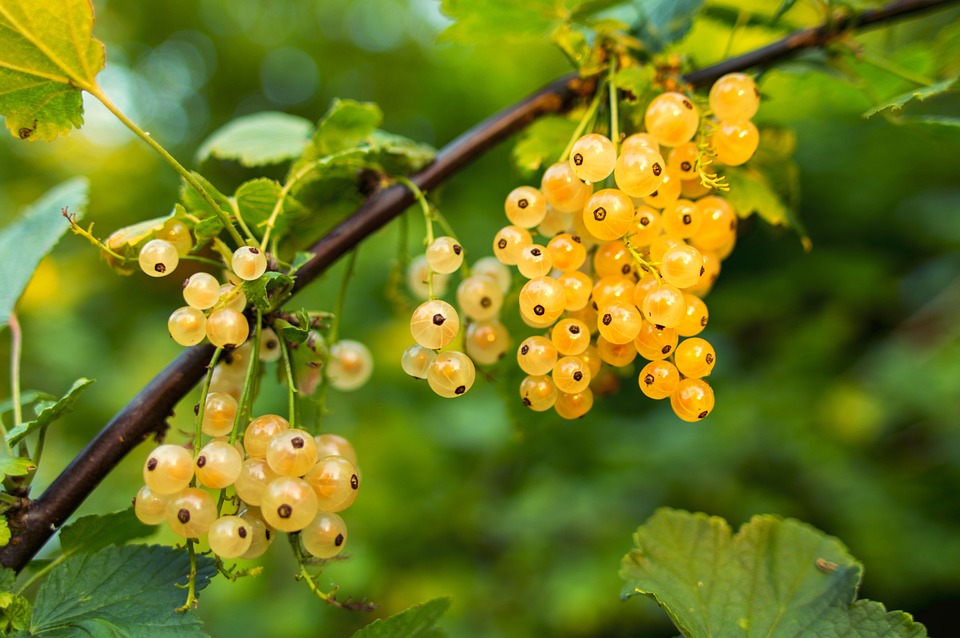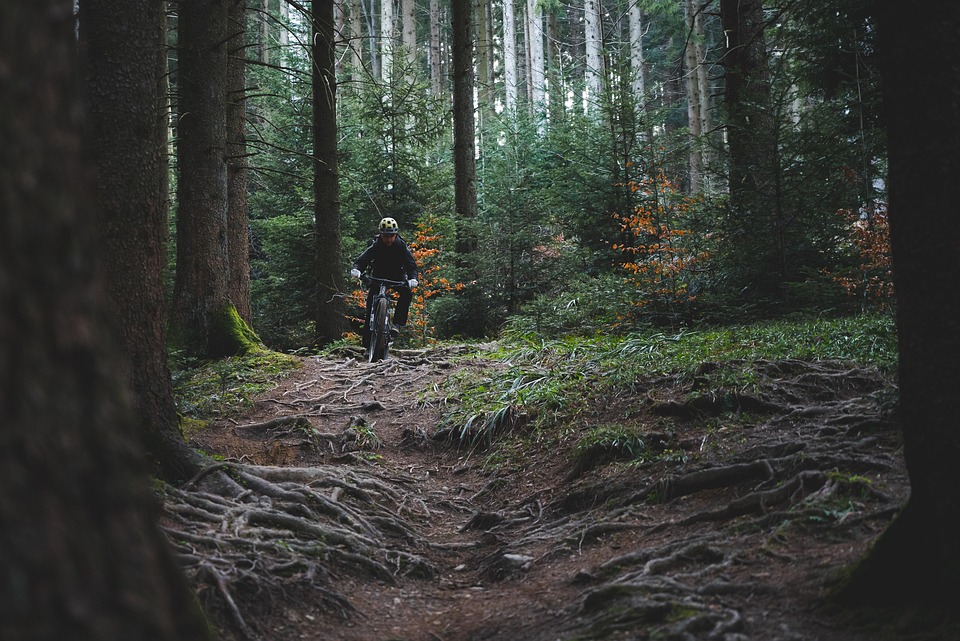**Sustainable Living: Why Off-Grid Solar is the Future of Energy**
# Sustainable Living: Why Off-Grid Solar is the Future of Energy Every morning, I find myself awaking to the warm embrace of sunlight streaming through the window, knowing that it’s harnessed energy from the sun that fuels my cozy home. The peace that envelops my little eco-friendly sanctuary sets the perfect tone for the day. Gone are the days of constantly worrying about ever-increasing electricity bills, blackouts during storms, or the footprint left by fossil fuels. Instead, I revel in the glorious simplicity of sustainable living, especially through the marvels of off-grid solar energy. Today, as we face escalating climate crises, dwindling natural resources, and a growing demand for energy, off-grid solar solutions are not just efficient; they are the beacon of hope for a brighter, greener future. Let’s dive into the reasons off-grid solar is poised to be the future of energy and how it transforms lives and communities. ## Understanding Off-Grid Solar Off-grid solar systems operate independently from the centralized electrical power grid. These self-sufficient systems harness solar energy via panels that convert sunlight into DC electricity, which can charge batteries or power devices directly. When demand arises and the sun isn’t shining, stored energy in batteries ensures that the lights stay on. One of the most exciting aspects of off-grid solar is the flexibility it offers. Whether you’re powering a tiny cabin in the woods, a bustling homestead, or even a mobile van life setup, off-grid systems can be tailored to fit your needs. ## Environmental Impact: A Step Toward Sustainability Beyond the financial incentives, off-grid solar systems have a substantial positive impact on the environment. By relying on renewable energy, you actively reduce greenhouse gas emissions and contribute to a sustainable planet. Here are a few environmental benefits of going solar: 1. **Reduced Carbon Footprint**: By utilizing sunlight for energy, families and individuals can significantly lower their carbon emissions. Each solar panel contributes to cleaner air and reduced reliance on fossil fuels. 2. **Conservation of Resources**: Unlike conventional energy sources that deplete natural resources, solar energy is abundant and inexhaustible. As long as the sun shines, there’s energy waiting to be harnessed. 3. **Biodiversity Enhancement**: Sustainable living encourages the preservation of natural ecosystems, protecting wildlife and plant species from the adverse effects of industrial energy practices. ## Economic Freedom: Saving Money and Building Wealth Just as important as protecting our planet is the financial independence offered by off-grid solar living. Here are several economic advantages associated with going off-grid: 1. **Lower Energy Bills**: Once installed, solar panels harness free energy from the sun, leading to reduced or eliminated electricity bills. Over time, this financial relief can significantly enhance your budget. 2. **Increased Property Value**: Homes equipped with solar energy systems often fetch higher values in the real estate market, as buyers are attracted to the benefits of renewable energy. 3. **Government Incentives**: Many states offer tax rebates, credits, and grants for installing solar energy systems. These financial incentives can help offset the upfront costs. 4. **Energy Independence**: With an off-grid setup, you’re no longer vulnerable to fluctuating utility rates or grid failures. This independence allows for long-term budgeting without the stress of unexpected energy price hikes. ## Convenience and Reliability Picture living in a world where you’re not subject to the whims of the energy grid. Off-grid solar systems offer a level of reliability that traditional power sources simply can’t match. Here’s how: 1. **Resilience to Natural Disasters**: When storms rage, and power lines are knocked down, off-grid solar homes remain illuminated. You retain access to power, heating, and making crucial communications. 2. **Personal Control**: With off-grid solar, you have control over your energy consumption. You can monitor your solar production, adjust usage based on sunlight availability, and even connect your system to backup generators if needed. 3. **Quiet Enjoyment**: Life off the grid minimizes noise pollution. Solar energy systems operate silently, allowing for a serene living environment that fosters peace and tranquility. ## Community Building: Empowering Together One of the greatest joys of sustainable living is the sense of community it fosters. Off-grid solar installations often encourage collaboration and communal support. Here’s how off-grid solar energizes communities: 1. **Shared Knowledge**: Neighbors can share knowledge and experiences, leading to stronger ties and better practices in solar usage and energy conservation. 2. **Local Economies**: Investing in local solar businesses not only stimulates the local economy but also creates job opportunities in installation, maintenance, and environmental education. 3. **Shared Resources**: Community solar programs allow for resources to be pooled, making it easier for more people to access solar energy and enjoy its benefits. ## Off-Grid Solar Challenges and Solutions Every wondrous journey has its hurdles. Despite the innumerable benefits of off-grid solar living, challenges do arise: 1. **Initial Costs**: Initial investments can be daunting. However, there are affordable options, loans, and incentives available. 2. **Storage Limitations**: Battery technology is advancing rapidly, but it can still be limiting for large energy needs. Investing in high-quality batteries and monitoring energy usage can mitigate this. 3. **Dependence on Sunlight**: Cloudy days can affect energy production. Incorporating additional sources, such as wind energy or generator backup options, can ensure steady power supply. ## Pro Tips for Successfully Transitioning to Off-Grid Solar Living Transitioning to an off-grid solar lifestyle doesn’t have to be overwhelming. Here are some handy pro tips: 1. **Conduct an Energy Audit**: Calculate your daily energy needs before designing your system. Knowing exact consumption will aid in selecting the right system size. 2. **Prioritize Energy Efficiency**: Invest in energy-efficient appliances and LED lighting to reduce overall consumption and maximize the benefits of your solar system. 3. **Evaluate Available Space**: Ensure you have sufficient roof or ground space for solar panel installation. This will significantly enhance your energy production. 4. **Keep Up with Maintenance**: Regularly clean and maintain your solar panels and batteries to maximize their lifespan and efficiency. 5. **Stay Informed**: Join online off-grid communities, attend workshops, and follow sustainable living blogs to keep abreast of the latest innovations










